Please sign in first
Not a member?

- Home
- Online Education Programs
- ISG Journey Thru Gemology
- ISG Credentials
- Legacy Entrance
- Frequently Asked Questions
- Registry of Graduates
- Careers in Gemology
- Important Program Information
- About the ISG
- Why is the ISG Tuition So Low?
- Testimonials of ISG Students and Graduates
- Meet Your Instructor for your ISG education
- ISG Best Online Gemology School
- Graduate Support Programs
- Ishihara Color Vision Test
- Privacy Policy
- Newsletters
- The Story of Ruby
- Turquoise Investigation by the ISG
- The Story of Petrol Quartz
- Top 5 Myths About Jewelry Insurance Appraisals
- The Story of Time
- The Story of Freshwater Pearls
- The Story of Agates and Jaspers
- Susan Bailey v. Frantz Jewelers, et al.
- The Story of Blue Topaz
- The Story of Tibet Andesine
- The Story of Oregon Sunstone
- The Story of Created Moissanite
- Identifying Lab Created Diamonds
- Black Diamond or Created Moissanite?
- Ebay, the GIA, and Section 230
- Lessons From the Angry Janitor
- Exposing the Truth about Lab-Created Diamonds
- AGTA Hobbles Dealers and Buyers
- Appraisers -v- Gem Labs…a Legal Imbalance!
- Understanding the Classification of Diamonds
- Cremation Diamonds: Insuring and Litigating
- Let’s Talk About Gemology Credentials
- Hometown Jewelers and the Force Majeure Clause
- Following the Critical Angle of Diamond Grading
- When Breitling Brought the Airmen Home
- Let’s Open a Refractometer
- Measuring the Energy of Light
- Quick Reference Guide to Sunstone
- ISG Seeing the Invisible Light
- Contact Us
Understanding the Classification of Diamonds

Understanding the Classifications of Diamond
…and why you and your staff need to understand these.
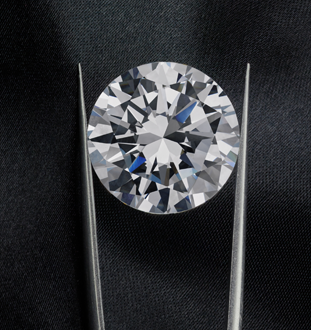 Diamond classifications. Technical stuff that the science geeks like to talk about but rarely affects the grassroots-level jewelry store staff. Right?
Diamond classifications. Technical stuff that the science geeks like to talk about but rarely affects the grassroots-level jewelry store staff. Right?
Unfortunately, that’s not right.
Understanding the basic classifications of diamonds is important to understanding what is happening in the diamond business.
Furthermore, it helps to explain the diamond variables to customers better and offers a more professional sales presentation.
Now, the problem is this: jewelry store sales staff need to understand diamond classifications and be able to explain this to customers when the need arises in a manner that does not cause the customer’s eyes to glaze over and lose interest. It is a lot like being a gemology teacher for the ISG—being able to explain technical stuff in a way that everyone can understand.

Let’s first talk about why it is important to understand diamond classifications.
When customers ask questions, they want answers. Not the science geek level answers, but answers that are accurate on a level they can understand. Questions like: What makes a fancy yellow diamond be fancy yellow? Or: Why are some diamonds J-K in color and some F-G in color?
Rather than just say: “Because of impurities in the diamond,” which is technically correct but ascetically boring, why not something like: “Well, 78% of the air you breathe is nitrogen, and when natural diamonds form in the earth, some of that nitrogen can be trapped in the diamond and create the beautiful yellow colors”. (percentage from NASA.gov) Now we have interesting, we have factual, and we have a bit of romance that a customer can hold on to. It also helps romance the yellowish (and more affordable) colored diamonds and makes them of great interest to customers.
Understanding classifications also helps understand why most of the lab-created diamond testers that claim to separate lab-created from earth-mined diamonds do not work. The reason is these testers only test for transparency to ultraviolet radiation. They cannot actually identify a lab-created diamond. Why? Most lab-created diamonds are Type 2 since the lab-creation process can keep the nitrogen out. (we will talk about this shortly). Type 2 diamonds are also transparent to short-wave ultraviolet, while Type 1 diamonds are not. So, these testers only test for a diamond being Type 2 through UV testing and are not actually testing for lab-created origin. That is why the small print on these test results say: “Referral for further lab testing” instead of a definitive identification as lab-created. All this has to do with the classification of diamonds. But we will not go further into that here.
Notice the tester below clearly indicates HPHT or CVD lab-created origin, but the fine print says: “Maybe”.

Now that you understand the importance of understanding diamond classifications, let’s create some simple explanations. Please note (especially for the science folks) that the graphics below are conceptual only and not actual renderings of carbon crystals that form diamonds. They were generated to show the differences between the various diamond classifications.
Type 1a Diamonds have nitrogen as an impurity in their crystal lattice. This nitrogen occurs in clumps rather than dispersed throughout the crystal. The majority of diamonds found are Type 1a diamonds. This creates the yellowish colors that are at the lower ends of the diamond color grading scales.
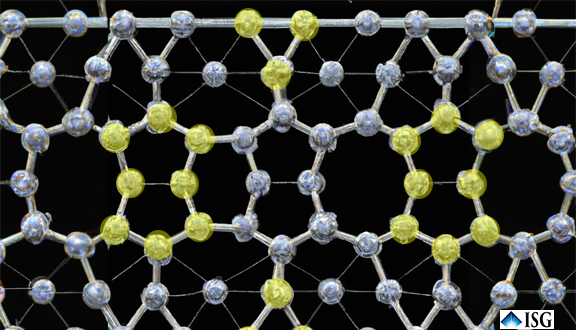
Type 1b Diamonds have nitrogen interspersed throughout the crystal lattice rather than in clumps. These diamonds account for most of the natural fancy yellow-colored diamonds and are rare, accounting for less than 1% of natural diamonds.
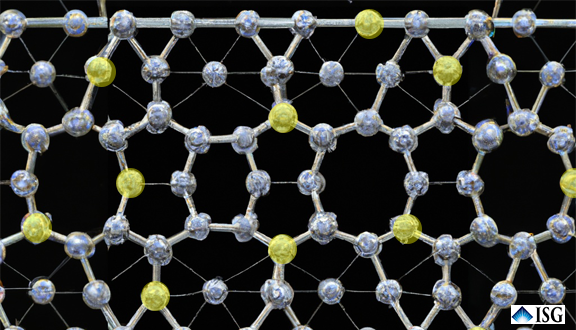
Type 2a Diamonds have no nitrogen in the crystal lattice structure. They are the purest white diamonds and account for 1%- 2% of the diamonds on the market. Many of the famous large, completely colorless diamonds, such as the Koh-i-Noor, are Type 2a diamonds. Most lab created diamonds are Type 2a since the labs can eliminate the nitrogen from the growth environment.
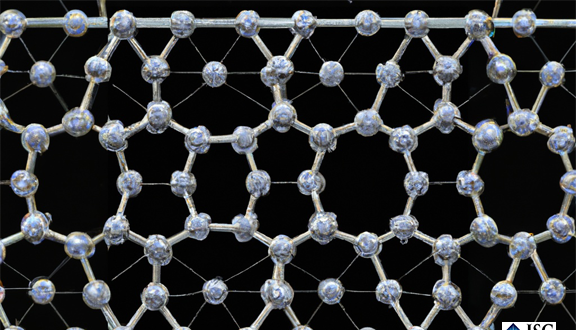
Type 2b Diamonds are extremely rare because they have boron as an impurity in the diamond crystal lattice. Boron accounts for the natural blue diamonds on the market, such as the famous Hope Diamond. Type 2b diamonds are also excellent conductors of electricity, while the other types are insulators. The science of this is well above this report’s intent and pay grade.
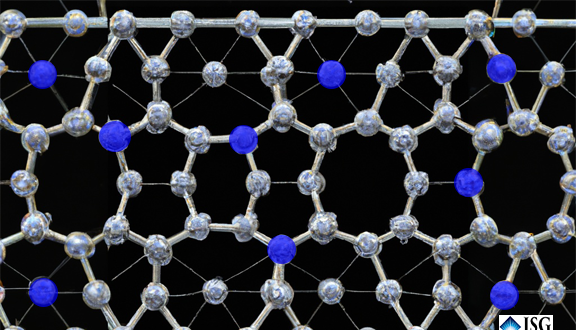
Obviously, there is far more to the study of diamond classifications. The impact of HPHT treatment on color by repairing crystal lattice deformations…the list could go on and on. But for our purposes, it is important to understand the diamond classifications and how they impact the everyday lives of the hometown independent retail jewelers. Being able to answer customers’ questions about why fancy yellow diamonds exist and why blue diamonds are so expensive makes for a more professional and productive sales presentation.
We welcome you to visit our website and see our new course program structure with lower tuition to help your staff be more successful. We are with you and support the hometown, independent retail jeweler. Consider joining us.
This gemology thing… it’s not rocket science. It’s really all about romance.